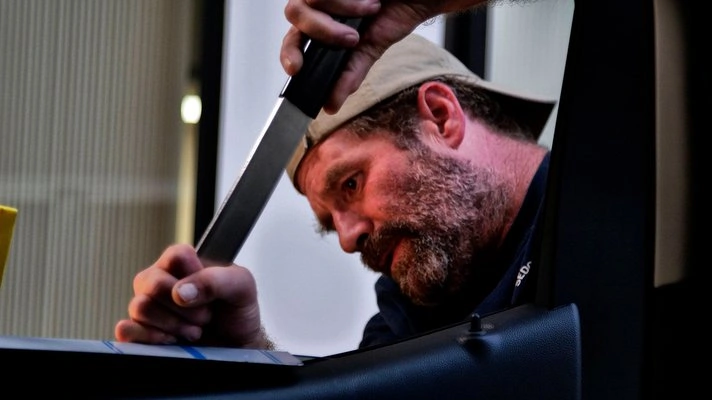What is imperative is that you understand the type of clearcoat that you have on your vehicle. Knowing this information is the first step to understanding how to care for the vehicle.
As of today, there are four basic clearcoat systems and tomorrow there could be six. There are urethane, polyurethane, polyester, and fluorine high-tech clearcoat systems. All are applied to vehicles pretty much the same way, layer after layer. The vehicle starts with the primer coat of against the metal, then one or several coats of color. This would be considered the base coat and as you will note, it can be very thin. Then finally the clearcoat which as you may already realize is very thick.
The color coat can be quite thin in clearcoat finishes because its only purpose is to introduce the color it’s on. This is different when comparing it to the finishes on older vehicles because the color is contained in the final paint layer. The color is pretty thick because it is both the color carrying layer and as the final, protective top coat.
Today’s clearcoat is almost twice as thick as the combined thickness of the primer and the color based coat. It’s not unusual for the clearcoat to have three times the thickness of the color (pigment) coat and sometimes more.
In the next post, we are going to talk about how clearcoat is, or can be, compared to a solar window. First we will think of clearcoat as a window. As viewed through the clearcoat window, the base coat is dull. What illuminates and causes it to have luster are the properties in the clearcoat. Among those properties are screening agents which screen out ultra-violet rays which, in the conventional vehicle finishes, because they don’t have it, the color is bleached out and stripped of its original color.
There’s more, follow me to the next post.





